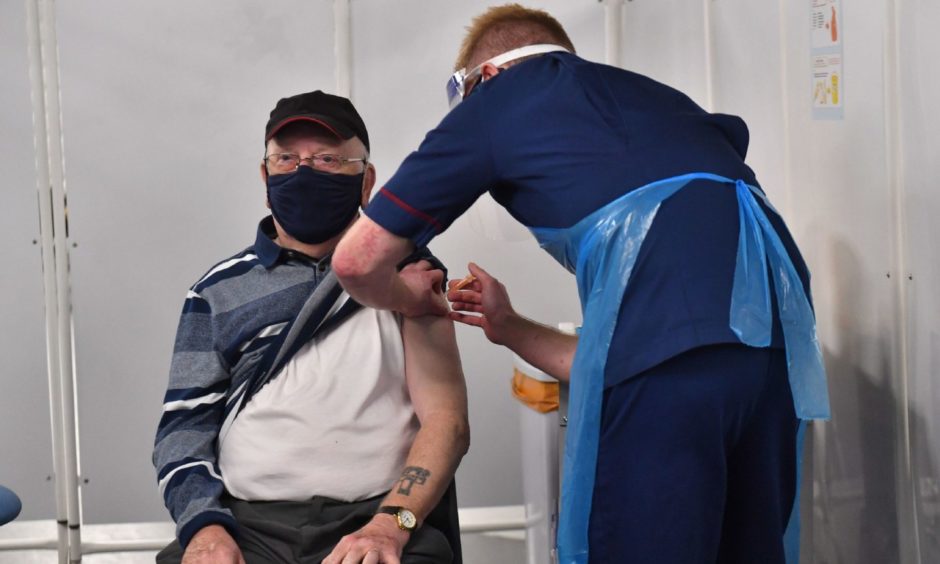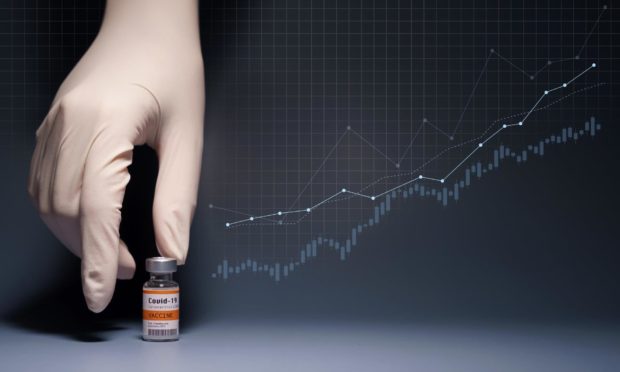An online calculator that tells users where they are in the queue for a coronavirus vaccine has gone live.
The tool, created by Omni web-developer Steven Wooding, estimates when users can expect to receive their first dose of inoculation against Covid-19.
After asking the subject’s date of birth, about any pre-existing health conditions and where they work, an algorithm then calculates how many patients there are in front of the user and what month they can expect their jab.
Covid vaccine in Scotland: Track the rollout progress with these charts
The UK Government’s nine-point priority list, which is being used by all four nations to determine how quickly someone gets their dose, is also integral to the calculation.
Scottish data sets are also used in the working out, giving users a more accurate estimate as to when they might be able to expect their jabs.
For example, a 32-year-old male journalist, with no underlying health conditions and on none of the priority lists, and who is also not a carer, has at least 2,401,655 people ahead of them in the queue.
Vaccine calculator to encourage data over speculation
Developer Mr Wooding, who is a member of the Institute of Physics, hopes the calculator encourages people to continue following science and data, rather than “intuition”.
With a vaccination course on the horizon, there are fears people might become complacent
He said: “I created one for the UK vaccine queue to begin with, which was a great success.
“We had something like 10.5 million unique views so we decided to roll it out to other countries, like Canada, and around the world.
“For the Scottish one, we thought because the vaccination rates are quite different between the UK and the other four nations, we felt one for Scotland would be most appropriate.
“We looked at the nine priority groups — so if you are over 80 or in one of the high-risk priority groups you are going to be quite near the front of the queue; obviously if you’re 30 (without a pre-existing condition and not a health worker) then you’ll be right at the back.”

He added: “The philosophy of the website is to try to get people to try and use maths and data to make decisions and calculate things, rather than intuition.
“In December, when we had the news about the vaccine, we thought ‘right, that’s that, then, Covid done’.
“We still have to manufacture the vaccines, roll them out, get them into people’s arms.
“Especially for people not in priority groups or quite low down the queue, you have to get people to understand it is still going to be some months before they get their vaccine and can be protected.
Police called to break up student parties at Aberdeen University halls as term ends
“We have lots of information on the calculator for people, advising what they should or should not do, even if they’ve had the vaccination.”
He continued: “We assumed the uptake rate for Scotland based on the flu-vaccine rate, which is around 74% for over-65s.
“Hopefully, with Covid, the uptake rate will be higher, it is more serious than flu. But we have based it on flu as a worst case.”
